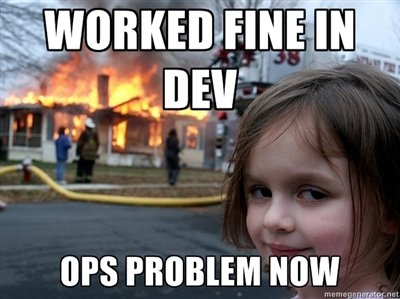Extending Monitoring Capabilities With Golang
Yieldbot
March 10 2016
whoami
I am an operational tool and infrastructure developer at Yieldbot that has mild OCD and hates doing things twice.

I don't even wait till I do something once before scripting it
Part 1
There's More To Being An Infrastructure Developer Than Writing Code
Just Use Perl or How About No
Don't want to deal with a runtime or interpreter
Clear performance gains using a compiled language
Why Golang
already in use at Yieldbot
less complex than C/C++
Rust is not mature yet
Java requires a jvm
Goals
increased performance
dependency isolation
lightweight codebase
max compatibility across any environment
It worked in dev...sorta

fancy tools != easier process
static builds for a static language
Makefiles are your friend
library vs. binary vs. dammit just compile
dealing with dependents (don't kick'em out)
Part 2
Where Has This Gotten Us
Toolbelt
func main() {
app := cli.NewApp()
app.Name = "boom"
app.Usage = "make an explosive entrance"
app.Action = func(c *cli.Context) {
println("boom! I say!")
}
app.Run(os.Args)
}
var checkFileHandlesCmd = &cobra.Command{
Use: "checkFileHandles",
Short: "A brief description of your command",
Long: "A longer description",
Run: func(cmd *cobra.Command, args []string) {
var appPid string
if app == "" {
fmt.Printf("Please enter a process name to check. \n")
}
},
}
- Find, load, and unmarshal a configuration file in JSON, YAML, HCL, etc.
- Allow you to set default values for your different config options.
- Allow you to set override values command line flags.
Geting From Here To There
Writing the code
Any editor as long as its vim
Cobra provides a simple scaffolding command
Viper provides a simple way to deal with configuration
Godep provides a simple and clean vendoring solution
Vagrant/Docker provide a simple local test environment
Building the code
Commit to Github
Building is managed via jenkins through a Makefile
Compiling is done within a container of the dev's choice
Binaries are versioned and pushed to Artifactory and Github
Libraries are marked as building
Deploying the code
Via Curl from Artifactory in Dockerfiles
Via Chef ark cookbook on vm's
Part 3
What did you actually write with Golang
sensuplugin
Repo: sensuplugin
Features
common exit codes
common error handler
common exit function
functions to facilitate writing Sensu handlers
sensuplugines
Repo: sensuplugines
Features
send a defined subset of Sensu event data to ES
uses sensuplugin functionality
sensupluginslack
Repo: sensupluginslack
Features
send a defined subset of Sensu event data to Slack
uses sensuplugin functionality
sensupluginfile
Repo: sensupluginfile
Features
monitor the number of open file handles
monitor the size of a given file
uses sensuplugin functionality
functions to facilitate working with files
Additional Resources
Questions?
- Slack: BosOps
- Twitter: @DevopsMatt
- Github: mattyjones
- Meetup: Metrowest Golang Meetup
- Yieldbot is hiring, come build cool stuff!